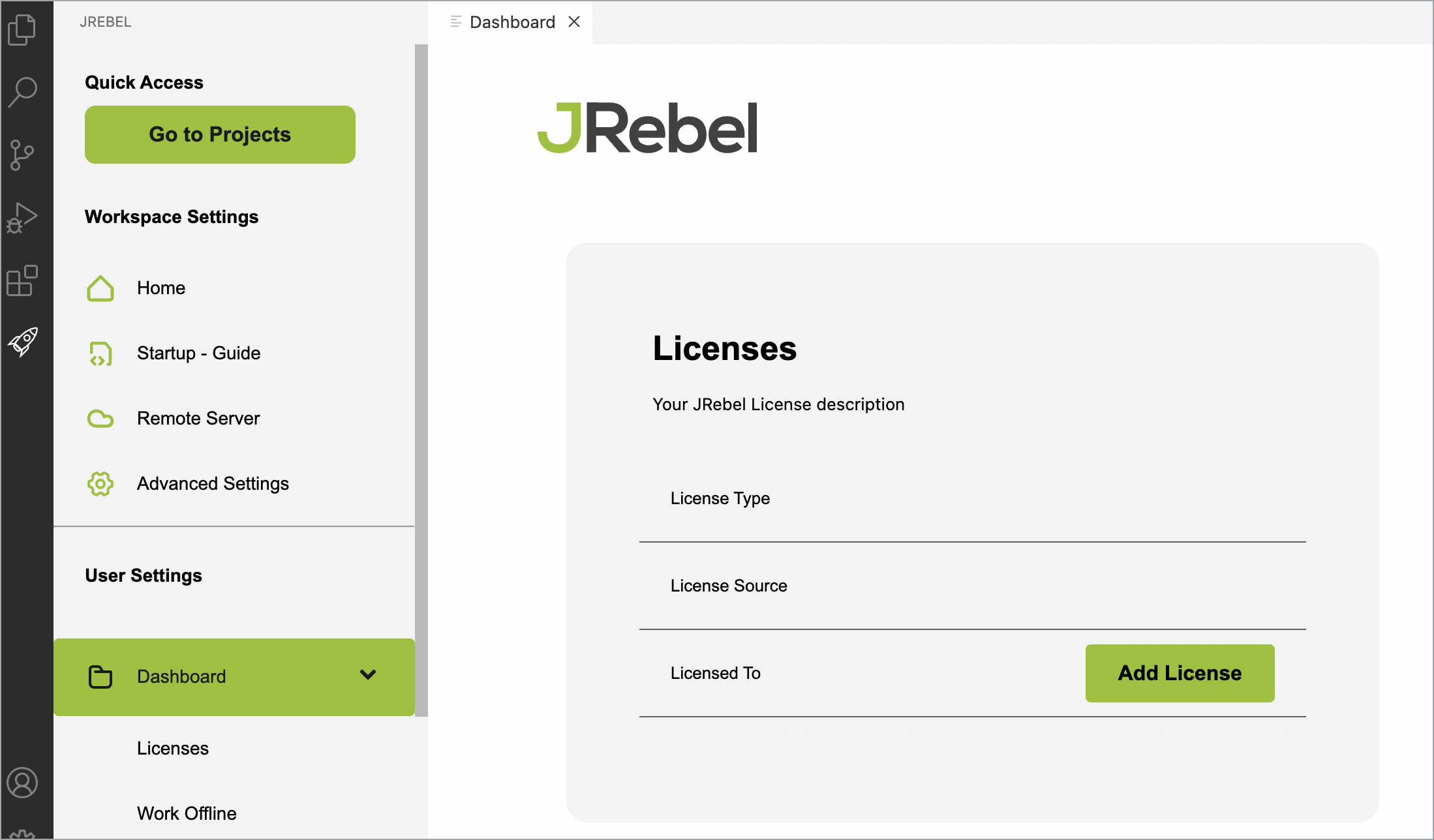

if you need to reload the classes that reside in the jar, please make sure that rebel.xml is packaged into the root of the jar file. What's missing, probably, is rebel.xml in the application that is deployed in WebSphere. The first entry in your example is probably correct, since the classes are reloaded.

Instead, The rebel.xml configuration file is used by JRebel agent to reconfigure the classloader to load the resources from the locations which are specified in the configuration file. Add the following line in the Java Options field: -javaagent: path/to/ xrebel. What's missing, probably, is rebel.xml in the application that is deployed in WebSphere. Select the desired server from Application Servers pane. Java, WebSphere, WebLogic, Spring, Maven, Gradle, Tomcat, Eclipse, debug. JRebel maintains application state, making it easier for developers to stay focused on creating groundbreaking Java applications. I think your mistake is that you think that the configuration file is used to point at the application which should be reloaded? No! In this example we have an embedded WebLogic server configured in JDeveloper. JRebel is a JVM plug-in which fast tracks the development of Java applications. If you want to reload classes in Tomcat and WebSphere at the same time, you need to deploy the application with rebel.xml that points to the location where your IDE compiles those classes to.


 0 kommentar(er)
0 kommentar(er)
